What is Udon?
Udon is a thick, soft Japanese noodle made from wheat flour, enjoyed in various forms and broths across different regions in Japan. Its versatility and comforting texture make it a beloved staple throughout the country.
Udon is known for its chewy texture and is served in both hot and cold variations. The flavor of udon can vary widely depending on the broth and toppings, from simple soy-based broths to rich curry flavors.
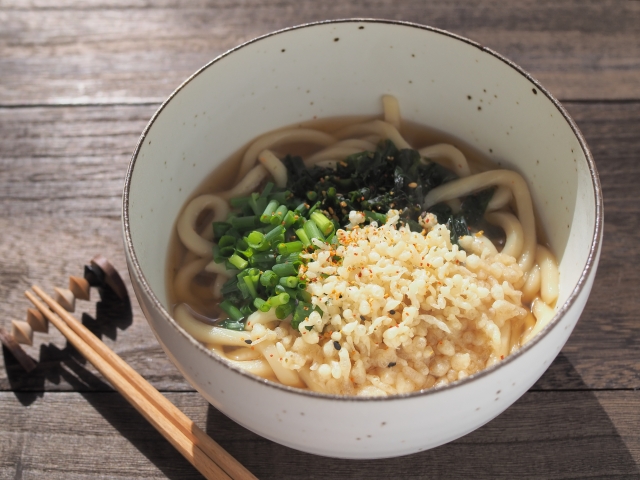
History of Udon
Udon’s origins trace back to China and were introduced to Japan during the Nara period. It became popular among the common people in the Edo period, and now each region in Japan boasts its unique udon style.
Types of Udon
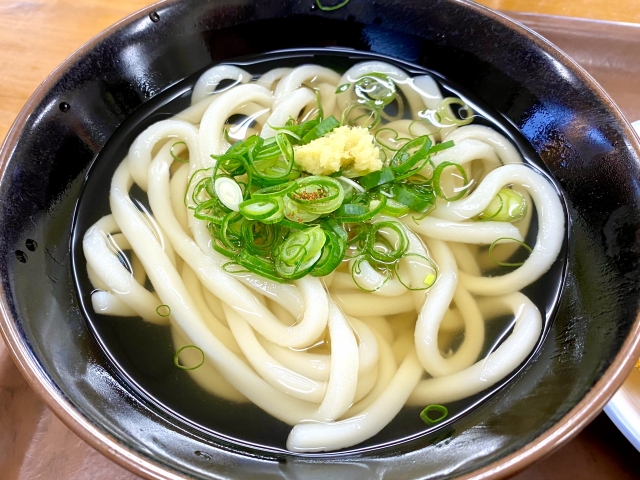
Simple udon served in a hot dashi broth.
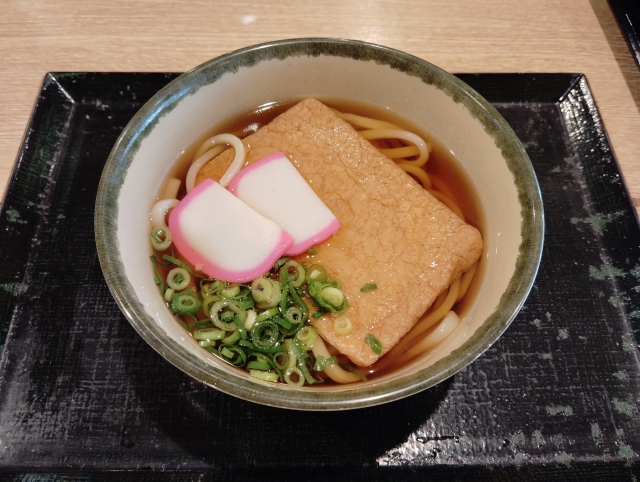
Topped with sweetened fried tofu.

Topped with tempura bits.
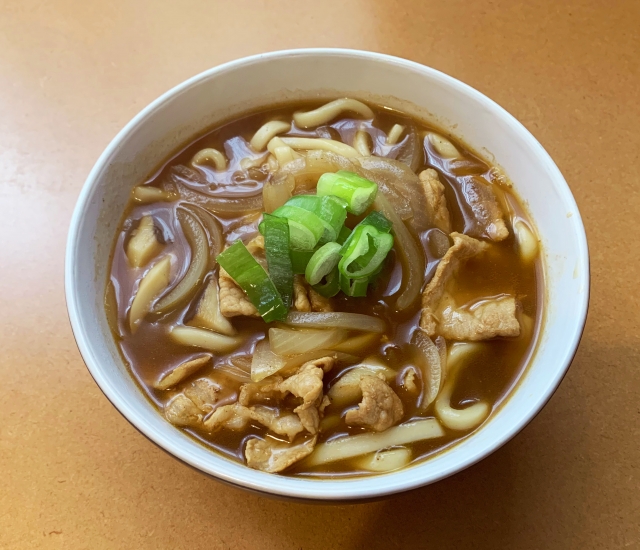
Served in a rich curry-flavored broth.
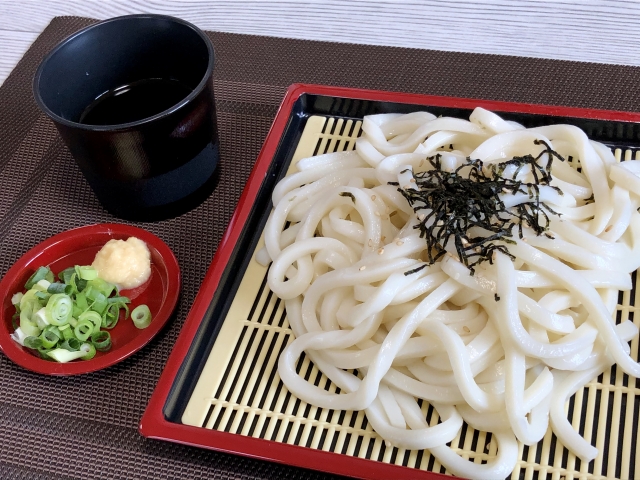
Cold udon served on a bamboo mat with a dipping sauce.
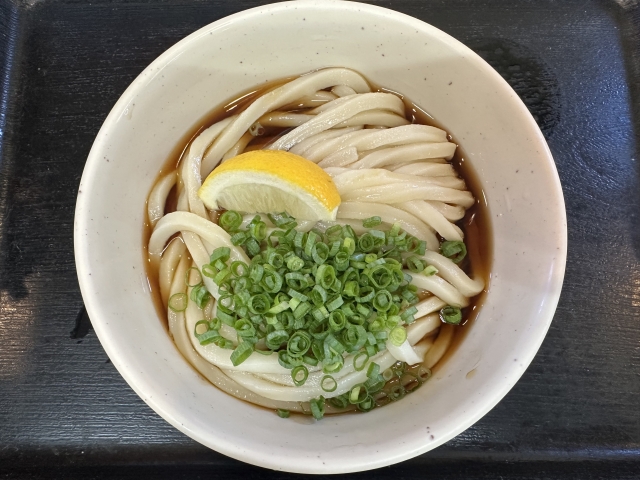
Cold udon noodles served with a strong, flavorful broth.
How to Make Udon
- Boil the Noodles: Cook the udon in plenty of boiling water.
- Prepare the Broth: Make the broth with dashi, soy sauce, and mirin.
- Serve: Place the cooked udon in a bowl and pour the broth over.
- Toppings: Add toppings like green onions, kamaboko (fish cake), or tempura to complete the dish.
Nutritional Value and Health
Udon is easily digestible and a good source of energy, though it’s primarily composed of carbohydrates. Adding vegetables and protein can enhance its nutritional balance.
Cultural Significance of Udon
Udon is a staple in home cooking and has evolved uniquely in various regions. Sharing a bowl of udon often strengthens family and social bonds.
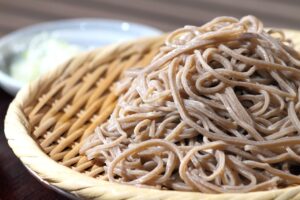
Comments